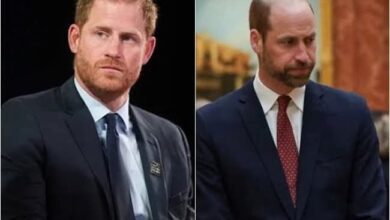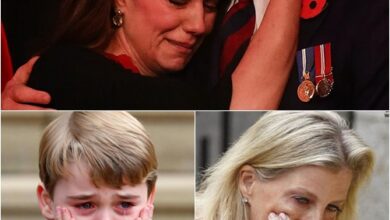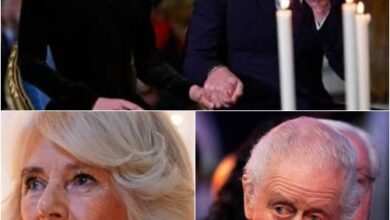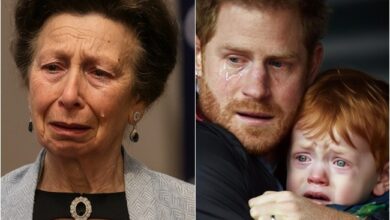RF. Princess Diana Would Have Been ‘Heartbroken’ By Her Sons William & Harry’s Behavior Says Expert

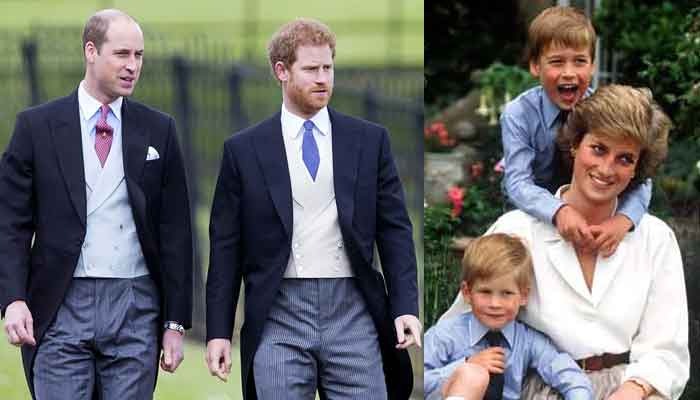
RF. Princess Diana Would Have Been ‘Heartbroken’ By Her Sons William & Harry’s Behavior Says Expert
The late Princess Diana, remembered globally as the “People’s Princess,” remains one of the most influential figures in modern royal history. Beyond her humanitarian work, Diana’s greatest legacy lies in her two sons, Prince William, Prince of Wales, and Prince Harry, Duke of Sussex.
Decades after her passing in 1997, Diana’s influence continues to shape the lives of her children. Yet, in recent years, the relationship between William and Harry has faced well-documented challenges. Public accounts from both princes, official statements, and reputable reporting suggest that the once inseparable brothers have grown apart. Many observers have reflected on what Diana might have hoped for her sons, particularly as they honor her memory through public projects and personal tributes.
Diana’s Role as a Mother
Born Diana Frances Spencer in 1961, she married Prince Charles (now King Charles III) in 1981 and became the Princess of Wales. She gave birth to Prince William in 1982 and Prince Harry in 1984. By her own accounts and through numerous interviews, Diana prioritized giving her sons as normal an upbringing as possible within the constraints of royal life.
According to the BBC documentary “Diana, Our Mother: Her Life and Legacy” (2017), both William and Harry recalled her warmth, humor, and deep love. Prince William said, “We felt incredibly loved by her, and I’m very grateful that the love still feels there.” Harry added that her affection was always tangible, even in busy rooms.
These memories highlight Diana’s efforts to instill compassion and togetherness in her sons, values that both continue to emphasize in their charitable work.
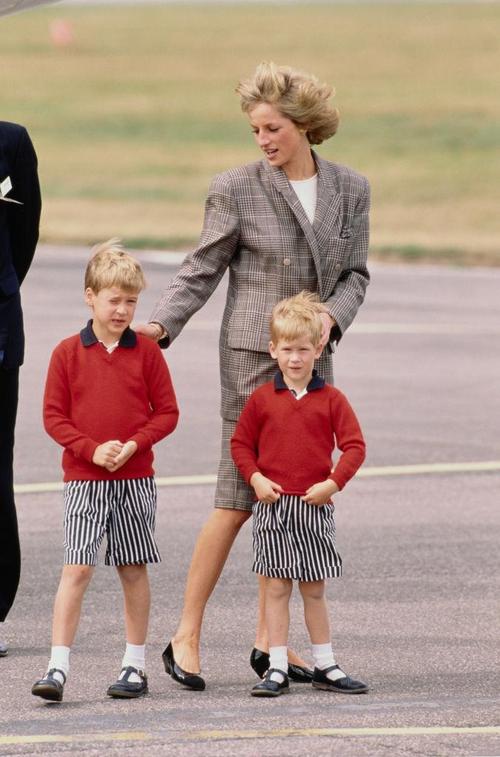
The Rift Between the Brothers
The public became more aware of the distance between William and Harry following Harry and Meghan Markle’s decision in 2020 to step back from royal duties and move to the United States. This transition, dubbed “Megxit” by the media, marked a turning point in the brothers’ relationship.
In the widely viewed Oprah Winfrey interview (CBS, March 2021), Harry acknowledged that his relationship with William had become strained, describing them as being on “different paths.” The interview also revealed tensions within the wider royal family, sparking international debate.
Further accounts, such as Robert Lacey’s book “Battle of Brothers” (2020), explored how their different roles—William as heir to the throne and Harry as the “spare”—contributed to diverging responsibilities and pressures. These analyses are supported by years of coverage in outlets like The Guardian, The Telegraph, and BBC News.
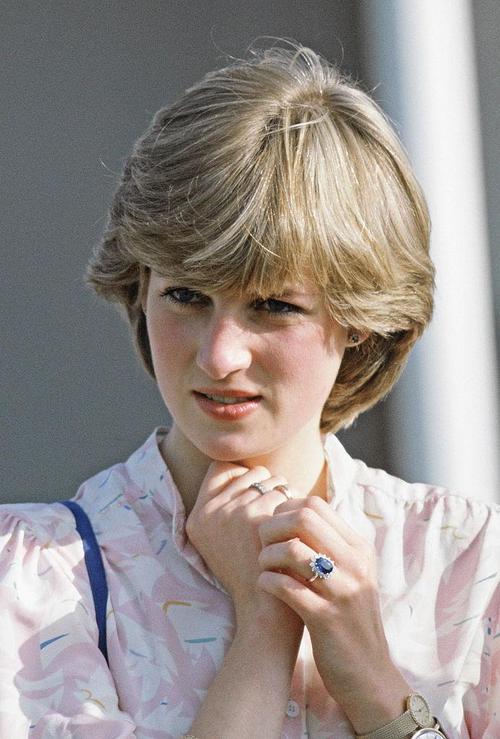
Reunions at Significant Royal Events
Despite tensions, William and Harry have appeared together at several key moments, often related to honoring Princess Diana.
-
Prince Philip’s Funeral (April 2021) – Both brothers attended the funeral of their grandfather at St George’s Chapel, Windsor. Cameras captured them leaving the service together, prompting speculation about a possible reconciliation.
-
Unveiling of Princess Diana’s Statue (July 2021) – On what would have been Diana’s 60th birthday, William and Harry jointly unveiled a statue of their mother at Kensington Palace. In a joint statement released by Kensington Palace, they said: “Every day, we wish she were still with us, and our hope is that this statue will be seen forever as a symbol of her life and her legacy.”
These moments suggest that while challenges remain, the memory of their mother continues to bring them together.
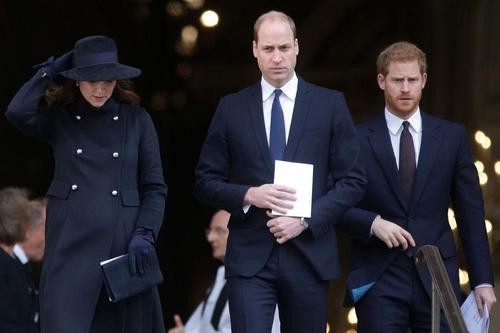
What Princess Diana Represented
Princess Diana was celebrated not only for her style and public presence but also for her commitment to humanitarian causes. She worked extensively on issues such as:
-
HIV/AIDS awareness – At a time of stigma, Diana publicly shook hands with AIDS patients, helping reduce fear and misinformation.
-
Homelessness and youth outreach – Through patronages like Centrepoint, she raised awareness about social issues affecting vulnerable groups.
-
Landmine awareness – Her famous 1997 visit to Angola with the Halo Trust highlighted the dangers of landmines and contributed to global efforts toward the Ottawa Treaty banning their use.
These causes remain influential today. Prince William and Prince Harry have each carried forward aspects of Diana’s humanitarian spirit in their own charitable work.
Public Reflections on Diana’s Influence
In multiple interviews, both princes have spoken about Diana’s continuing presence in their lives.
-
Prince William, in the BBC documentary, expressed that he hopes his children—Prince George, Princess Charlotte, and Prince Louis—will know who Diana was and understand her values.
-
Prince Harry, in his Apple TV+ series “The Me You Can’t See” (2021), co-created with Oprah Winfrey, described the emotional toll of losing his mother at age 12 and how it has influenced his approach to mental health advocacy.
These statements underscore that Diana’s influence is not only historical but also deeply personal.

The Role of King Charles III
King Charles III, formerly Prince of Wales, has also been reported as concerned about the distance between his sons. According to People Magazine (2021), sources close to the family noted that Charles has found the rift difficult, though he has continued to maintain communication with both sons.
As monarch, Charles’s role in encouraging family unity carries both personal and institutional importance. Maintaining the stability of the royal family is widely regarded as essential to the monarchy’s public image.
Media Interpretations and Expert Commentary
Royal commentators frequently weigh in on how Diana might view her sons’ current relationship. While opinions differ, most emphasize that Diana consistently valued love, compassion, and family unity. Columnists such as Jenni Murray (Daily Mail, 2021) have argued that Diana would likely encourage her sons to reconcile.
However, it is important to note that these interpretations remain speculative. What can be substantiated is Diana’s documented commitment to family values and her efforts to nurture a close bond between William and Harry during their childhood.

Conclusion: A Legacy That Continues
Princess Diana’s legacy extends far beyond her life. Through her compassion, humanitarian advocacy, and devotion to her children, she left an enduring mark on both the royal family and the wider world.
While the relationship between Prince William and Prince Harry has faced challenges in recent years, their shared love for their mother continues to bring them together at pivotal moments. Public statements, official projects, and tributes all reinforce Diana’s role as a lasting source of unity.
As the monarchy evolves under King Charles III and eventually Prince William, Diana’s influence remains visible—not only in the causes her sons champion but also in the hope that family bonds can overcome divisions.
Her legacy is not defined by the conflicts that have emerged but by the enduring values of love, empathy, and resilience she instilled in her children.

